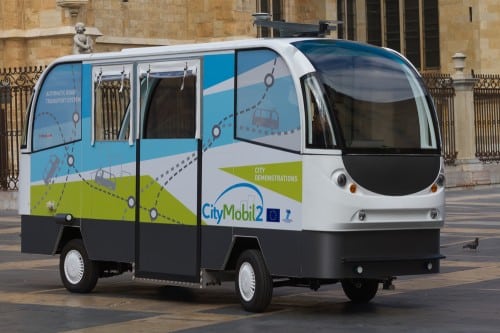California enacts new laws for driverless vehicles

The legal system is finally required to deal with driverless cars. Starting September 16, 2014, the state of California, home of the new car maker Google, will require test drivers of unmanned vehicles to have a special license, such as a truck or child transportation license. They will have to be employees or contractors employed by the car manufacturer. They will have to undergo safety training and have a clean record of traffic violations. The car manufacturers themselves will have to apply for a testing permit every year, install manual control and control systems in each car, submit incident reports and ensure insurance coverage of $5 million.
Now, when the new laws come into effect, only a handful of players operate in this arena, including Google and Nissan, which are testing driverless driving technologies. Until now the autonomous test vehicles have passed all the tests perfectly; Google's fleet of enhanced Lexus cars, for example, has logged more than 1,100,000 kilometers without an accident. The most pressing issue for the California Department of Traffic and the manufacturers is to ensure the safety of these prototype cars and the cars on the road alongside them.
Basically, regulators are trying to catch up with driverless technology, says Bryant Walker Smith, a researcher at Stanford University's Center for Transportation Research. The laws that are about to go into effect in California will determine the safety measures that are already taken in the driving of prototype models of driverless cars, including the presence of a human operator and the use of models that are allowed to drive with a driver as well. (This means Google engineers will have to add manual controls to the company's robotic cars before they're allowed on public roads.) California's licensing office places no conditions on the technology itself, allowing companies to try out new systems.
The laws will evolve as technology advances. In December 2014, the California Licensing Office will publish additional regulations that will regulate the requirements for ordinary drivers who want to travel in self-driving vehicles. In the future there will also be a need for regulations regarding cars that will drive without the presence of a driver at all. But all this does not mean that next August we will be able to stop a robot taxi on the street. Nissan says they won't launch a driverless car before 2020, and all other manufacturers will also proceed with caution. "Every company wants to make the first autonomous car," says Walker Smith, "but no company wants to cause the first autonomous car accident."
The article was published with the permission of Scientific American Israel

One response
On this subject refer to my article
http://www.yekum.org/2014/07/%D7%9E%D7%9B%D7%95%D7%A0%D7%99%D7%95%D7%AA-%D7%9C%D7%9C%D7%90-%D7%A0%D7%94%D7%92/